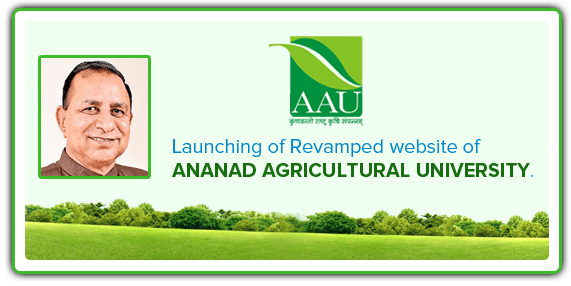Search
Unit Menu
Latest News
Regional Cotton Research Station, Viramgam
Technologies Generated
TECHNOLOGIES GENERATED
The improvement of Wagad cotton started in the second decade of the 20th century. Numbers of agronomical research recommendation were made in last nine decades for the farmers of Wagad cotton zone. Wagad 8 was the first variety released from the station. This exhibited 10 percent higher seed cotton yield and 3 to 4 percent higher ginning out turn. However, fiber quality of this variety was poor with fiber length less than 19 mm and spin ability not exceeding 15s. Though other variety like Wagotar were released intermittently from the station yet the real breakthrough came with the release of Kalyan in 1947. Later this variety became a corner stone of the cotton improvement in Wagad Zone due to its habit of producing larger number of buds and flower even after shedding to tide over unfavorable weather conditions. The variety Kalyan was highly popular among the farming community and the cultivated zone is recognized as Kalyan zone. Variety released later in 1966 and this genetic back ground from Viramgam like V 797 is still very popular among the farmers and also in industries due to good fibre quality. After the university came in to existence, G Cot 13, the first ever semi-open boll variety in the zone was released in 1981. This variety is very popular among farmers in Surendranagar districts of Gujarat. G Cot 21, (1998) attracted special attention of the farmers. At present, this variety has highest acreage in the zone. Anand Deshi Cotton-1 (ADC 1) released in 2010 has given on an average 1306 kg/ha seed cotton yield. Gujarat Anand Desi Cotton-2 (GADC 2) variety released in 2015. This variety has potentiality of yield seed cotton on an average 1640 kg/ha. It has recorded 45.4 per cent ginning out turn, 24.2 mm 2.5 % span length, 4.88 micronaire value. In order to develop high yielding variety, the centre has released variety Wagad Gaurav (GADC 3) in 2019. GADC 3 has produced seed cotton 2150 kg/ha and lint yield 964 kg/ha as against state productivity of 577 kg and national average of 501 kg/ha lint. The cost and quality of raw material become particularly important in textiles because the raw material cost constitutes a significant portion of the product cost. Simultaneously grower too should realize good price for his produce and his income should improve. And also, there is increasing demand for organic cotton. To fulfill all these three aspects, the centre has released first ever long staple G. herbaceum variety Gujarat Anand Desi cotton 4 (Wagad Resham) in 2020. It produced fibre of 29.4 UHML with 30.6 tenacity without negotiating yield.
|
GADC 4 |
Nominal Count (Ne) |
Actual |
C.S.P. |
|||||
|
UHML (mm) |
UI (%) |
Mic |
Tenacity (g/tex) |
|||||
|
Count (Ne) |
Strength (lb) |
|
||||||
|
29.4 |
83 |
4.5 |
30.6 |
20.0 |
19.7 |
124.6 |
2454 |
|
|
30.0 |
30.0 |
77.3 |
2319 |
|
||||

